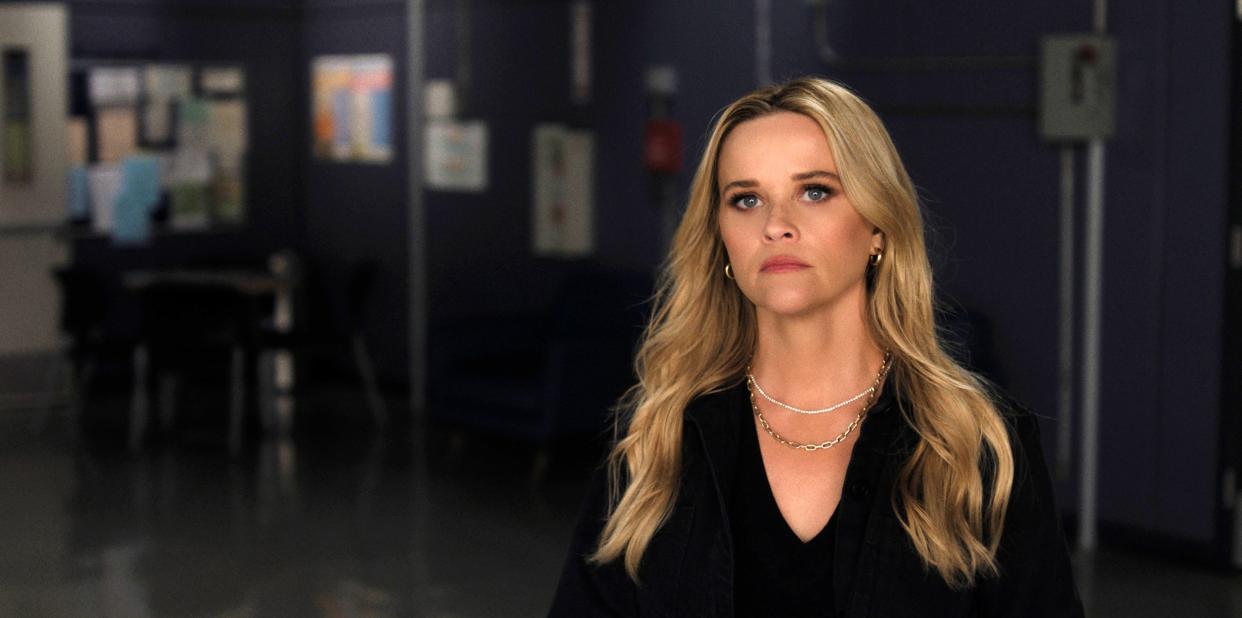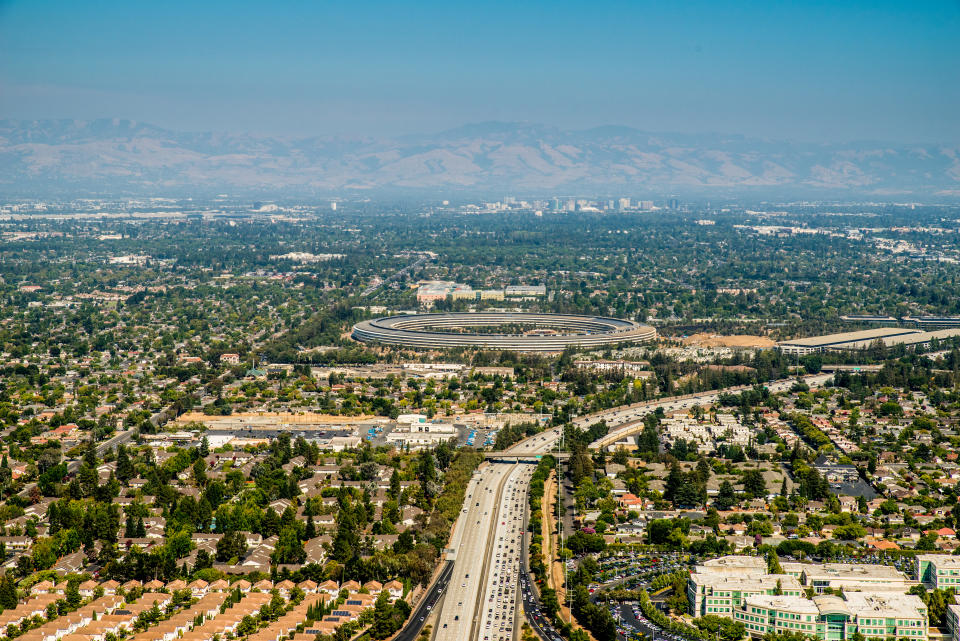Apple TV+ Creatives Must Follow These 11 Secret ‘Security Directives’

Apple is renowned for its (over)protectiveness. From lowly members of the press (like this reporter) to the top CEOs in media, Apple will go to great lengths to ensure that its IP and other proprietary information remains… well, proprietary. This can be, to put it politely, frustrating.
Or, as Peter Biskind puts it in his new book “Pandora’s Box: How Guts, Guile, and Greed Upended TV,” Apple has a tendency toward “fetishizing secrecy.”
More from IndieWire
Let’s briefly make a case for The Apple Way. As a $3 trillion company and the world’s largest by market cap, Apple clearly has very valuable secrets to keep close to its vest. Counterpoint: But still.
In his new book, Biskind (“Easy Riders, Raging Bulls: How the Sex-Drugs-and-Rock ‘N’ Roll Generation Saved Hollywood”) published what he called a “partial list” of the “securities directives” Apple distributed to creatives behind Apple TV+ content. IndieWire has been given exclusive permission to share the list, which we are told has been vetted for legal purposes.
Read the list (in horror?) below. Keeping with tradition, multiple spokespeople for Apple TV+ did not immediately respond to IndieWire’s request for comment on this story. Ah well, it’s The Apple Way.

Don’t share or discuss any aspect of the project with anyone who is not NDA’d and does not have a “business related need-to-know.”
Do not blog, tweet or post any social media regarding your work on this project or the project itself.
Your home office must be a fully enclosed private workspace with solid floors, ceilings, and floor-to-ceiling walls.
Any doors and windows must be closed and locked at any time when you are not in the space or when you have sensitive materials out in the open.
All windows must be obscured by frosting, tinting, or covered with closed blinds any time project information is visible.
All device screens must be oriented away from door and window openings (i.e., only the back of the device is visible from outside the room).
All pre-release materials and revelatory documentation such as scripts, etc. must be stored in a locking file cabinet, safe, or similar secure container when not actively in use.
Pre-release materials and revelatory documentation must be within your positive control (i.e., direct visual observation). At no time will pre-release materials or revelatory documentation be left unattended outside a secure, lockable container. This includes meal and bathroom breaks.
Undisclosed people (including family and friends) must not be allowed within your workspace any time revelatory information is exposed.
Janitorial, maintenance personnel, or family members must not be allowed in your workspace unless and only when all device screens are locked and all sensitive material is secured within lockable containers.
You must take responsibility for ensuring you do not dispose of materials in a way that exposes your work to the world. All documentation must be securely shredded using a crosscut paper shredder.
You have been warned. Biskind’s book can be purchased here.
Best of IndieWire
The Best LGBTQ Movies and TV Shows Streaming on Netflix Right Now
Guillermo del Toro's Favorite Movies: 54 Films the Director Wants You to See
Nicolas Winding Refn's Favorite Films: 37 Movies the Director Wants You to See
Sign up for Indiewire's Newsletter. For the latest news, follow us on Facebook, Twitter, and Instagram.

